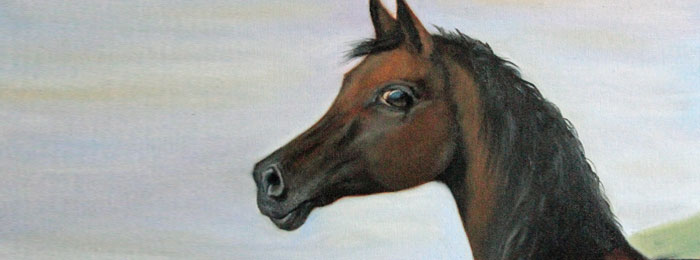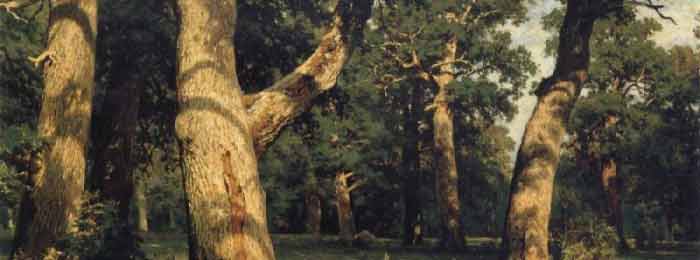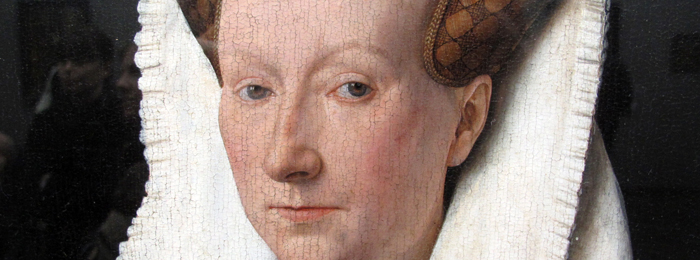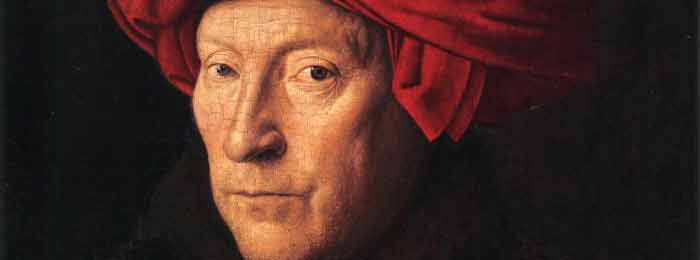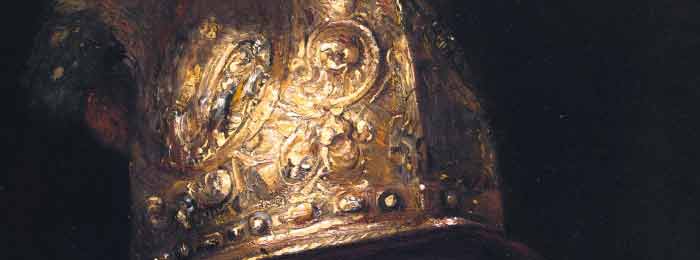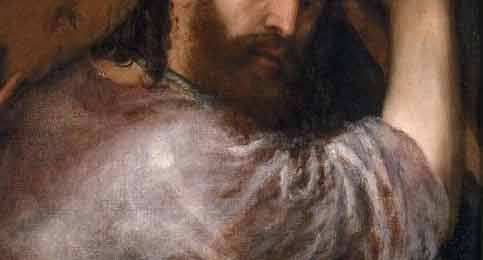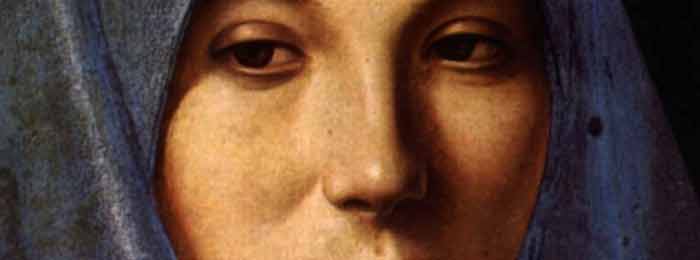On 20 Dec, 2016 With
Feedback from Senja
I’m a middle-aged woman from Finland. In my young age I learned a bit of drawing and painting. Then it was left and I had to work.
Since then I always knew that when I’m old enough, something more than 50 years, I’ll continue painting again.
I had to live first, to acquire life experience, pass the time of uncertainty, and then when you have settled down, it would be an appropriate time to start a life with true love – the art of painting.
I am a very sensitive and creative person. I have a great need to do something creative that I can focus on. When I concentrate on painting or other creative activities, everything else disappears and I feel the flow. …
Read More
On 19 Oct, 2015 With
Feedback from Anuta Florescu and Alys
We think we have made progress with DrawingAcademy, which really helped us very much, we have found in the course a lot of good lessons and precious books, we try to get to another level and cross the road to the secrets of painting, but we do not think we can get there soon without Webartacademy … 🙂
I found Serge Marshennikov is a real Contemporary Old Master …
My favorite non-contemporary fine artist is Ivan Shishkin, he is the best painter of nature.
Read More
On 18 Jul, 2015 With
Glazing Painting Techniques So, here I’ll give you way too much information on glazing (or indirect painting). But you can pick out what you need and forget the rest. It’ll be right here if you ever change your mind. Here’s the first rule (yes, in art rules are for breaking, but you have to understand the rule before you can break it most effectively) Fat Over Lean All mediums are fat, all opaque pigments without medium are lean. You want to paint opaquely first, with little or no medium. In subsequent layers you can move to using more medium because the oil will soak through to the first layer. Also, you don’t want the under layer to dry slower than…
Read More
On 19 Jun, 2015 With
The Oil Painting Technique of Van Eyck With Van Eyck, painting entered a new era. His new technical methods and discovery of a more a pliable medium his colors immediately freed the artist of his time from many of the restraints imposed by the rigidity of the earlier mediums. Transparent glazes of Van Eyck’s oil painting technique allowed all the subtleties of the underlying layers of the painting to show through. This glazing produces the same phenomena as colored glass. A red glass, for instance, does not show the full intensity of its color except by the luminosity of the ground which shows through it. Placed on the earth it will appear dark. Similarly, the quality of the color of…
Read More
On 22 Jul, 2014 With
Rembrandt was so pleased with his innovation of glazing over dried impasto that he expanded the practice to other textures, devising a method that utilized different whites for impasto and smoother passages. His impasto white was very “lean” and had egg as an ingredient (meaning it must have dried quite quickly), ground glass, and also white lead, which was used as a binder. He generally applied it with increasing thickness in several stages, whereafter it was finished with transparent glazes and wiping, creating the lustre and dimension he is so well-known for. No other technique produces the same brilliance as Rembrandt’s. When he painted Lieutenant Ruytenburch’s uniform in “The Night Watch,” Rembrandt used this method to build up the dimensions…
Read More
On 1 Jul, 2014 With
“Glazing” in relation to the Venetian Method refers to the application of a darker transparent paint over a lighter area. Doing so causes light rays to pass through a transparent darker layer, bouncing off the lighter surface underneath, then returning to the viewer’s eyes, and was useful in creating subtle optical illusions. Only the Renaissance practice of glazing can produce this particular effect, one which results in the look of a warm glow and more saturated colours than the same pigment could achieve if applied more thickly and opaquely. Modern methods, with their more opaque results, lose a sense of distance when one is looking at shadows. Rembrandt’s glowing and rich dark browns owe their origins to this Venetian…
Read More
On 17 Jun, 2014 With
Oil painting in its first form evolved from an earlier discipline known as , and was an attempt to overcome the severe limitations of that medium, such as a lacklustre finish and too-rapid drying time. Developed originally in Flanders, the method became known as the “Flemish Technique.” This method of painting requires a rigid surface on which to work, one that has been primed pure white, as well as a very precise line drawing. The line drawing was transferred to the white surface by perforating (tracing, in essence) the drawing along its lines. Once this transfer was complete, the resulting lines were enhanced with ink or viscous paint (using either a pen or finely pointed sable brush). The drawing was…
Read More


